

United State Rifle, Caliber .30 Model of 1917
Eddystone Arsenal
Bolt Action, .30-06 Cal., 6 Round Capacity


Data
|
Make: Model 1917 |
Model: Rifle |
|
Arsenal: Eddystone, PA (Remington) |
Serial #: 317816 |
|
Caliber: .30 caliber |
Date of Manufacturer: February 1918 |
|
Action: Modified Mauser Turn Bolt |
Capacity: 6 Rounds |
|
Barrel Length: 26" (marked "E 8-18") |
Overall Length: 46.25" |
|
Other Numbers: |
Import Mark?: None |
| Weight: 9 lbs. 3 oz. |
Information
Picked this up in a gun shop in Buffalo, TX on March 7, 2008. I'm calling it my belated birthday present. Got the price in line to what I wanted to pay for it and took it home. This gun appears to be all Eddystone with the exception of the bolt, which is Winchester.
Close Up Views


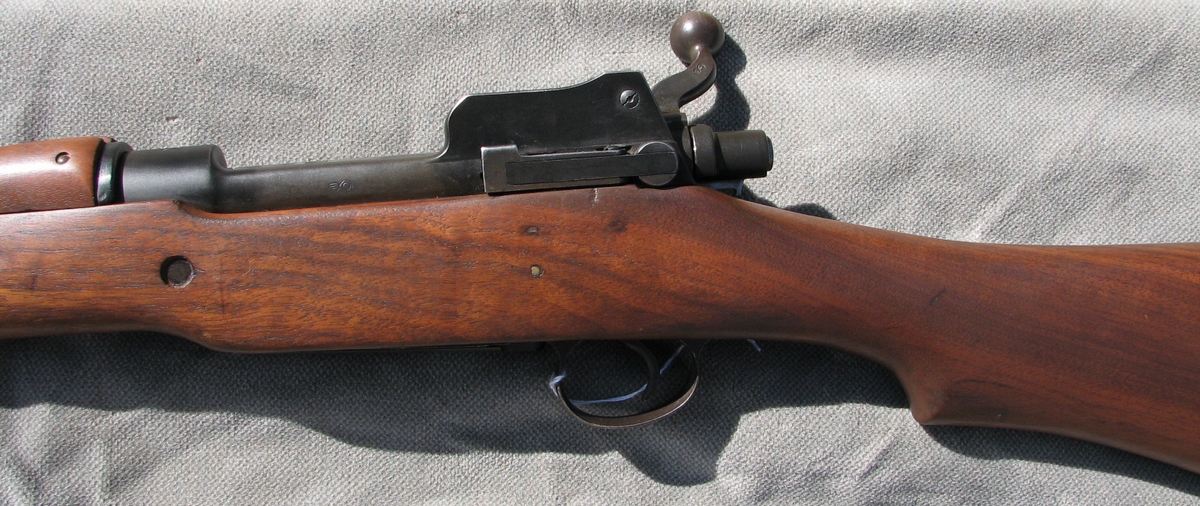
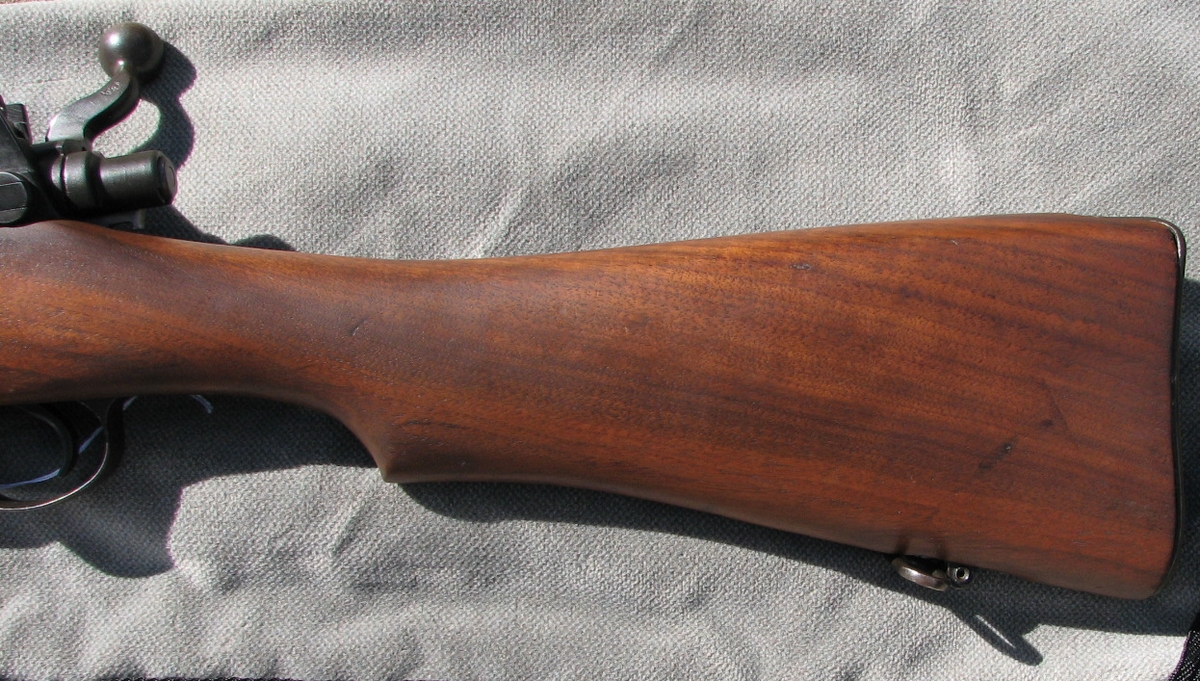


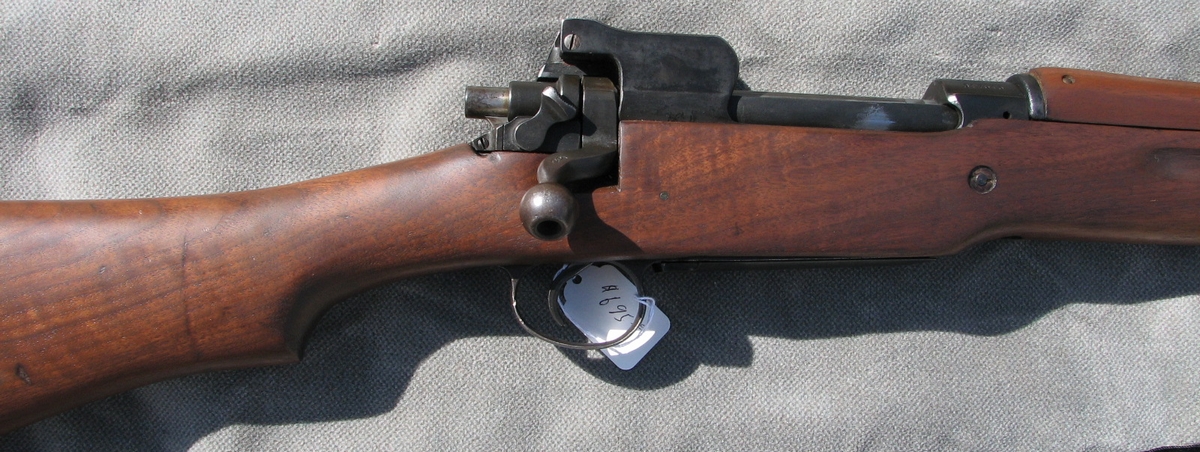
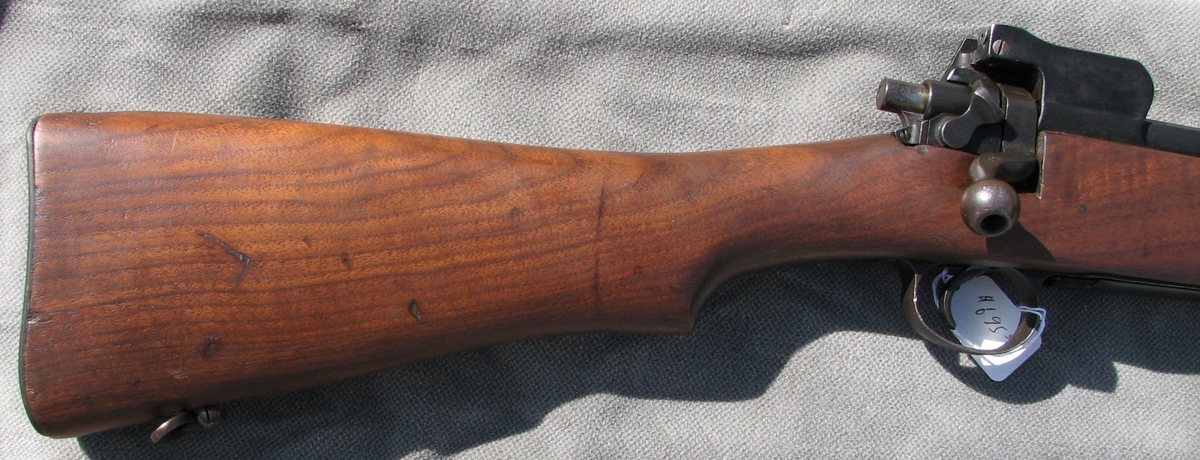
Visible Numbers and Markings

Serial number 317816

Is this some sort of marking or damage on the top of the receiver?
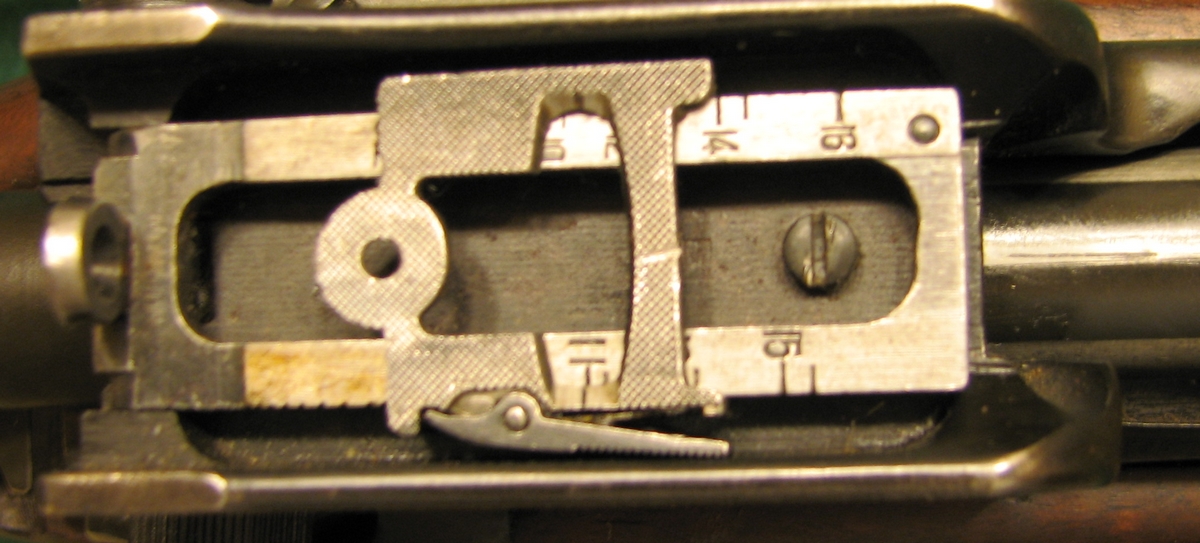
Rear aircraft sight.

Ordinance bomb on receiver.
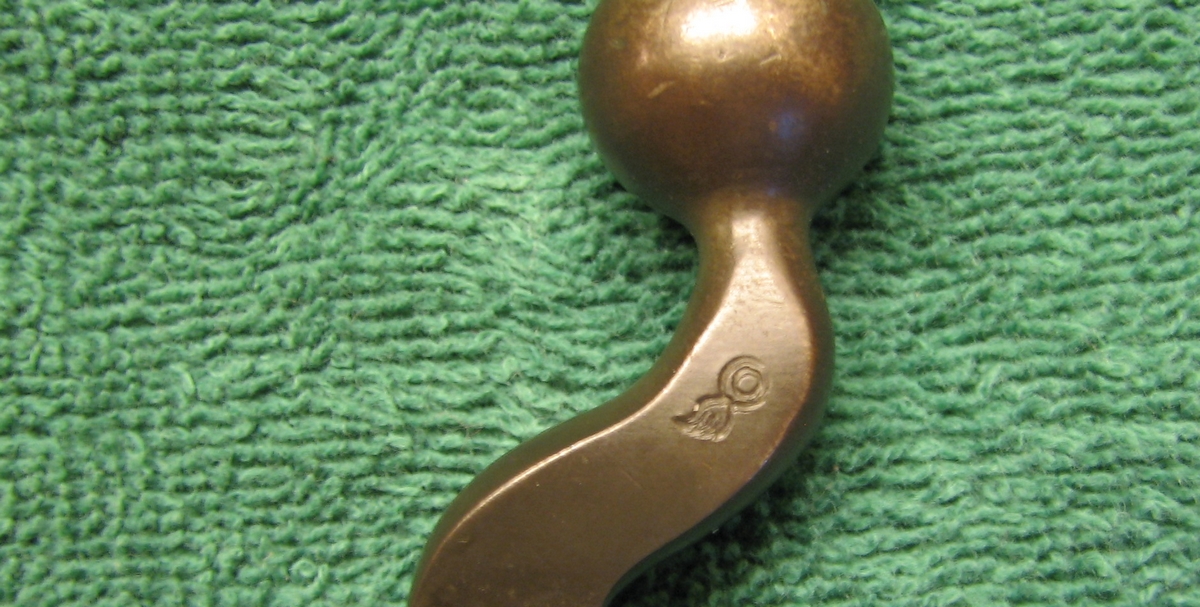
Ordinance bomb on top of bolt.

There is a "W" on the bottom of the bolt handle. Above this there is a "SN". This denotes that the bolt is of Winchester manufacturer. The "E" on the bolt stop denotes Eddystone.
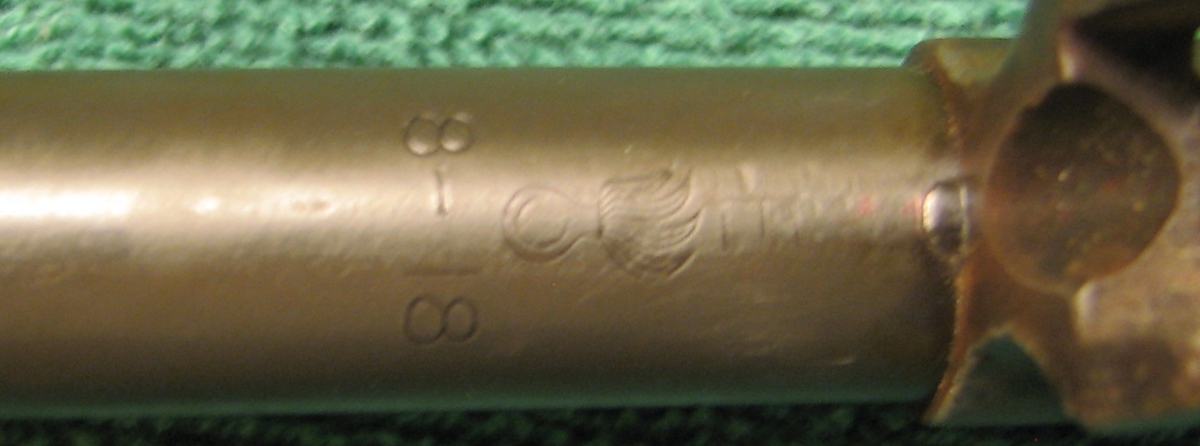
There is an "E" above the Ordinance Bomb denoting an Eddystone barrel. The "8-18" means the barrel was produced in August of 1918.
History
M1917
Enfield rifle
From Wikipedia, the free encyclopedia
The M1917 Enfield, the "American Enfield" (frequently misidentified or
mislabeled as the "P17", "P1917", or "Pattern 1917"), formally named "United
States Rifle, cal .30, Model of 1917" was an American modification and
production of the British .303 caliber P14 rifle developed and manufactured
during the period 1917-1918.
History
When the British Empire entered World War I, it had an urgent need for rifles
and contracts were placed with companies in the United States. In the case of
the P14 rifle, Winchester and Remington were selected. When the U.S. entered the
war, it had a similar extreme need for rifles. Rather than re-tool completely,
the factories, under the close supervision of the US Army Ordnance Department,
altered the design for caliber .30-06. Winchester produced the rifle at their
New Haven, Connecticut plant and Remington at their main facility at Ilion, New
York and at another plant in Eddystone, Pennsylvania. The M1917 Bayonet was also
produced and used on several other small arms.
The new rifle was used alongside the M1903 Springfield rifle and quickly
surpassed the Springfield design in numbers produced and units issued. By
November 11, 1918 about 75% of the AEF were armed with M1917s. After the
armistice, M1917 rifles were disposed of as surplus or placed in storage for the
most part, although Chemical Mortar units continued to be issued the M1917.
At the time of the American entry in to World War II, the American Army was
still issuing the M1917 to Chemical Mortarmen. Perhaps due to rifle shortages at
the start of the war, the M1917 was also issued to artillerymen early in the
war, and both mortarmen and artillerymen carried the M1917 in North Africa.
Otherwise, before and during World War II, stored rifles were reconditioned for
use issue as reserve, training, and Lend-Lease weapons; these rifles are
identified by having refinished metal (sandblasted and Parkerized) and sometimes
replacement wood (often birch). Many were sent to Britain for use by the British
Home Guard. These were prominently marked with red paint to avoid confusion with
the earlier P14 that used different ammunition. Others were supplied to the
Nationalist Chinese forces and to the Free French, both of which can
occasionally be seen in photographs being used in action.
A continuing source of debate among historians concerns what rifle was used by
Sgt. Alvin York during his famous action against the Germans in WWI. While
York's son has made mention that Sgt. York used a Springfield, the weapon issued
to him was an M1917. (The film starring Gary Cooper as Sgt. York had him using
an M1903 and a German Luger pistol.)
Design
While developed at the same arsenal, the M1917 is not a version of the .303
caliber rifle of c. 1890-1955, the Lee-Enfield (such as the SMLE version). Both
were developed at the Royal Small Arms Factory at Enfield (arsenal) in the
United Kingdom. The M1917 was actually a development of the Mauser 98 rifle. Due
to the use of rimmed cartridges in the P14, the magazine capacity for the
smaller diameter 30-06 was 6 rounds, although stripper clips held only five
cartridges.
The action was used as the basis for a variety of commercial and gunsmith-made
sporting rifles between the world wars and after; surplus receivers and tooling
were used by Remington to produce their Model 30 series of rifles in the
interwar period. Some (approximately 3000) M1917 rifles were produced in 7 mm
and sold to Honduras around 1930.
Links